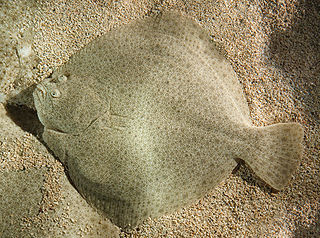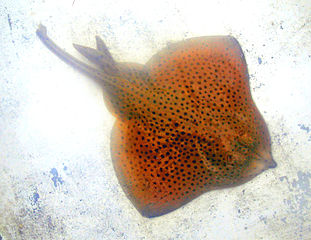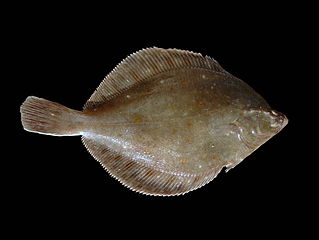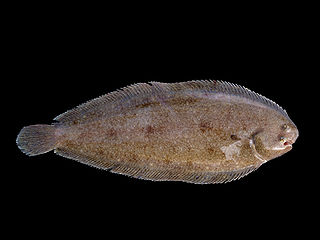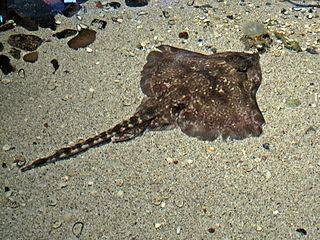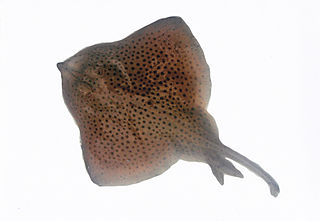Mission-1
Date: 01/10/2014 – 31/10/2014
Location: Isles of Scilly
Vehicles:

C-Enduro (NOC), Autonaut (NOC), WaveGlider (NOC), WaveGlider (Boeing) x 2
Mission overview: Phase One saw a fleet of seven marine robots launched from a beach on the Isles of Scilly to travel up to 300 miles to the shelf edge and back. The unmanned surface vehicles and gliders, equipped with a wealth of sensors and technology, took measurements including chlorophyll, temperature and salinity and also monitored wildlife activity at the front. A few weeks later in the Marine Protected Area around Plymouth, further monitoring took place along with tracking 100 tagged fish using a new seabed and USV receiver.
Observing and monitoring the rich wildlife at the ocean front is a key part of the project. The increased amount of plankton at the front attracts a wealth of wildlife including fish, mammals, sea creatures and sea birds. Hi-tech equipment will be used to gain new insights into life at the front, including GoPro cameras and acoustic array monitoring.
Dozens of tagged fish have been released into the open water so that our teams can track their movements with our ocean robots and seabed sensors. Species being tracked include flatfish and rays.
